In 370 AD, Emperor Valentinian I inspected and reinforced Roman defenses along the Rhine, confronting growing threats from Germanic tribes and redefining frontier security.
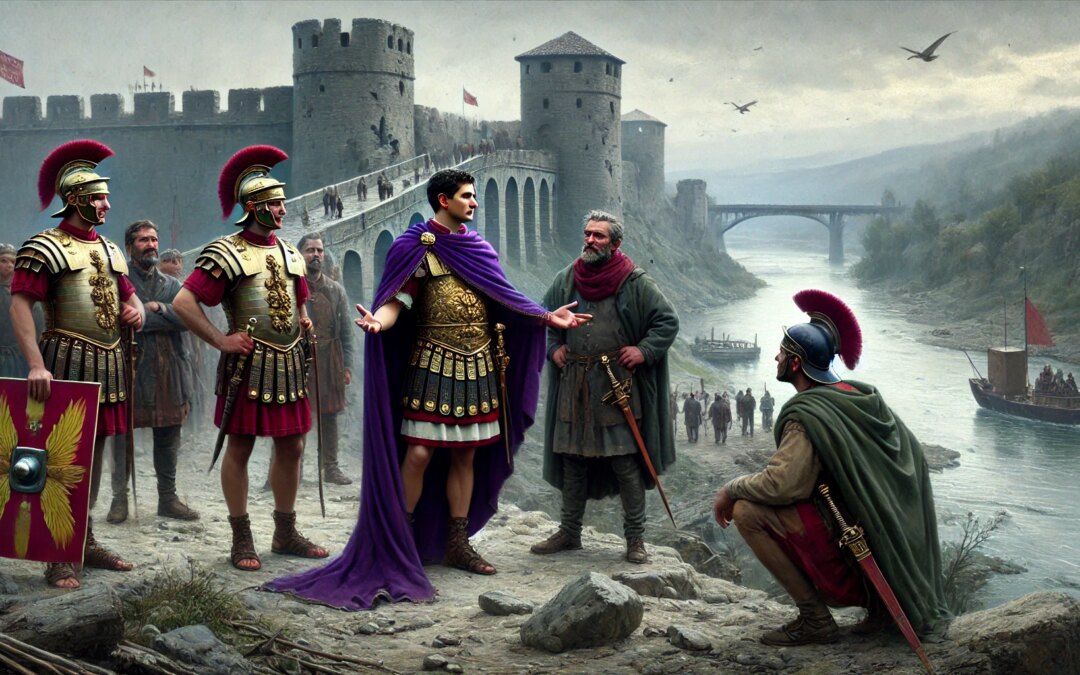

In 370 AD, Emperor Valentinian I inspected and reinforced Roman defenses along the Rhine, confronting growing threats from Germanic tribes and redefining frontier security.
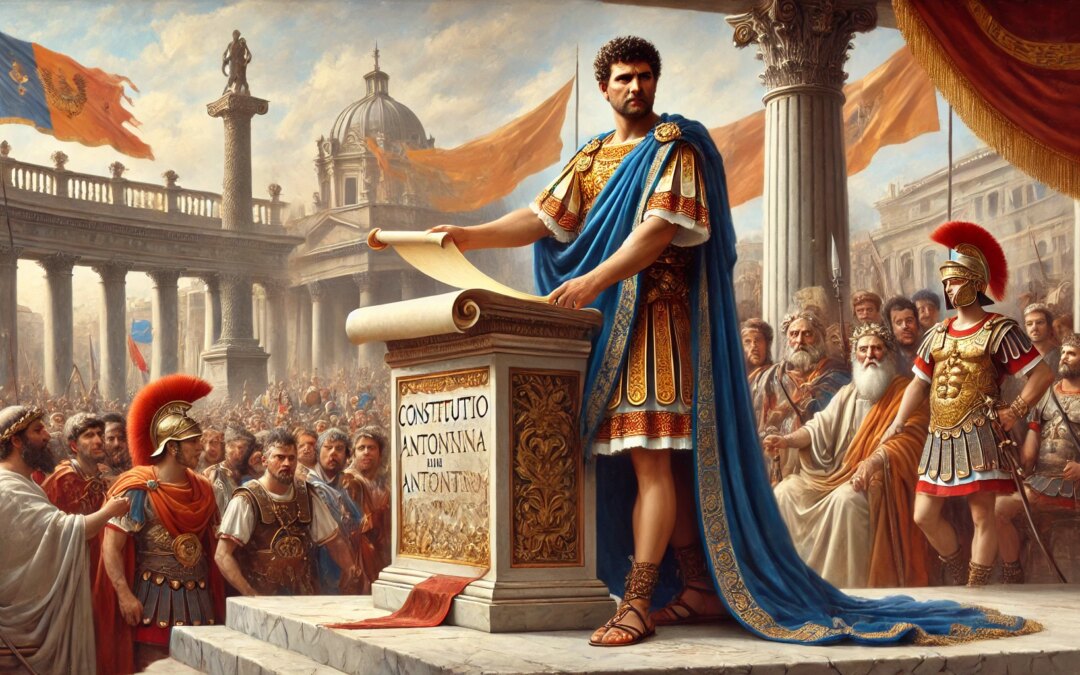
In 212 AD, Emperor Caracalla issued the Constitutio Antoniniana, extending Roman citizenship to nearly all free men in the empire—radically reshaping Roman identity and legal reach.
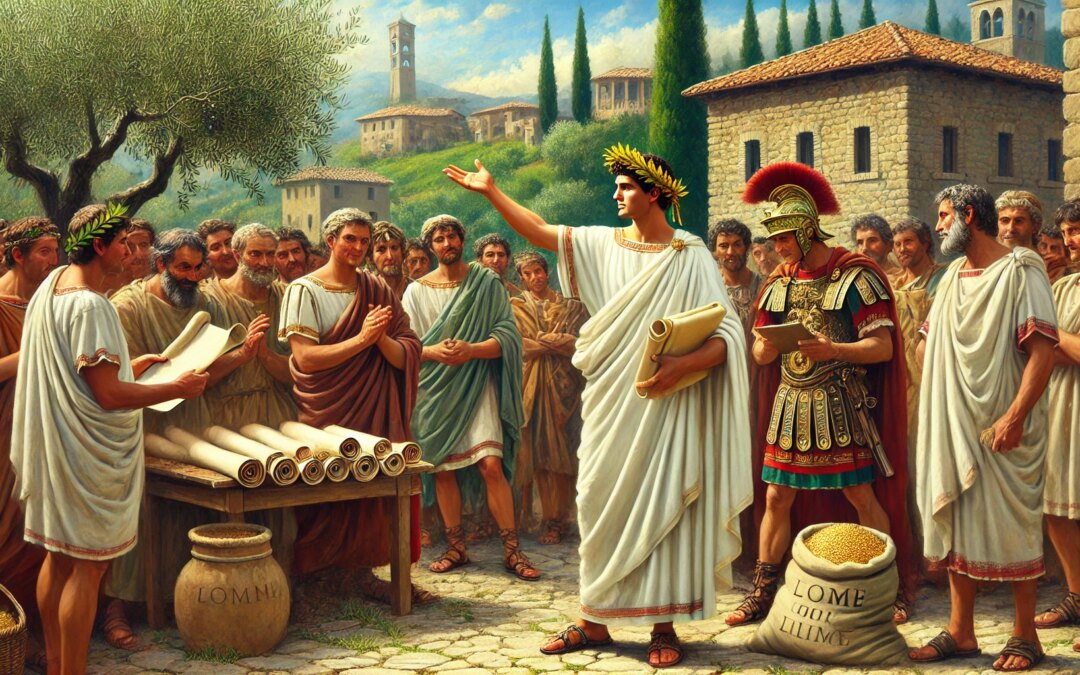
In 97 AD, Emperor Nerva launched a groundbreaking land and welfare program for poor Italian farmers, restoring confidence in Roman leadership after the tyranny of Domitian.
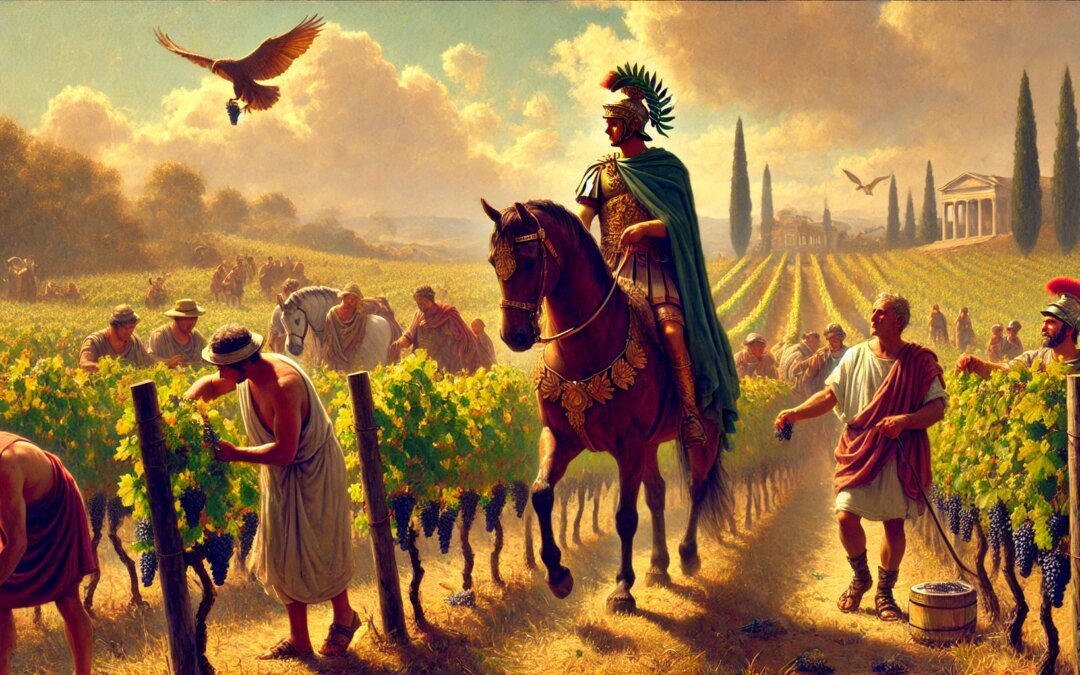
In 280 AD, Emperor Probus encouraged agriculture and viticulture in Gaul, blending military discipline with civic renewal during a fragile period in the Roman Empire.

In 41 AD, after the assassination of Caligula, the reclusive Claudius was unexpectedly declared emperor by the Praetorian Guard—a moment that redefined Roman politics and imperial succession.

In 312 AD, Emperor Maxentius fortified the Milvian Bridge in a last stand against Constantine—a decisive moment in Roman history that ended his reign and changed the course of Christianity.
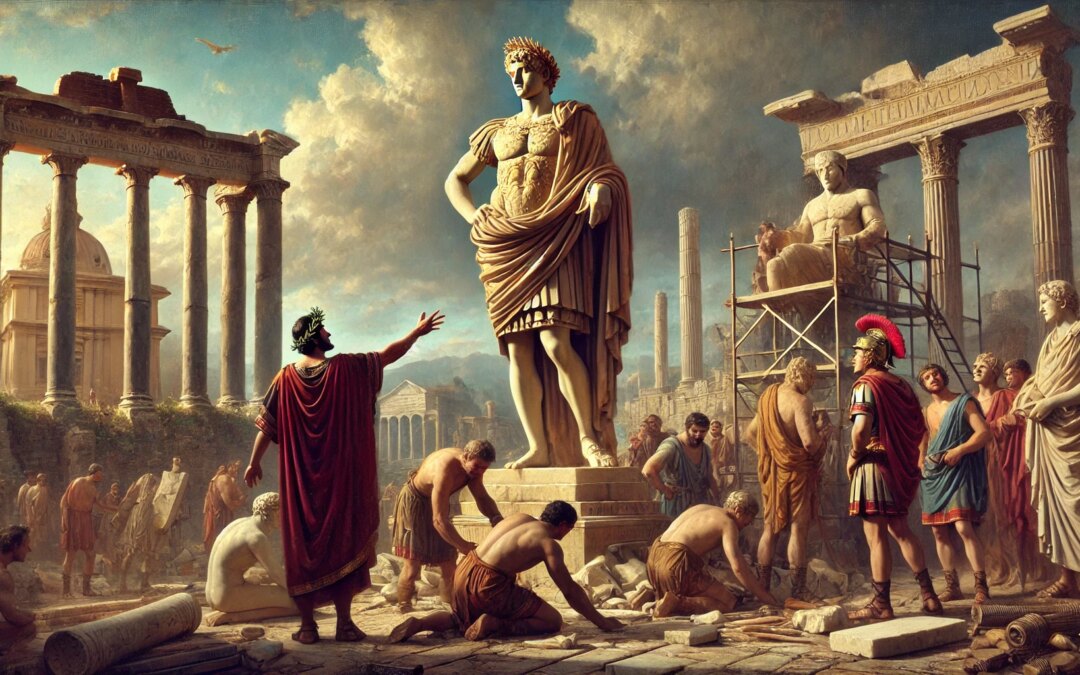
In 90 AD, Emperor Domitian commissioned a colossal statue of himself in the Roman Forum—a symbol of divine authority and imperial ambition that reflected the power and paranoia of his reign.